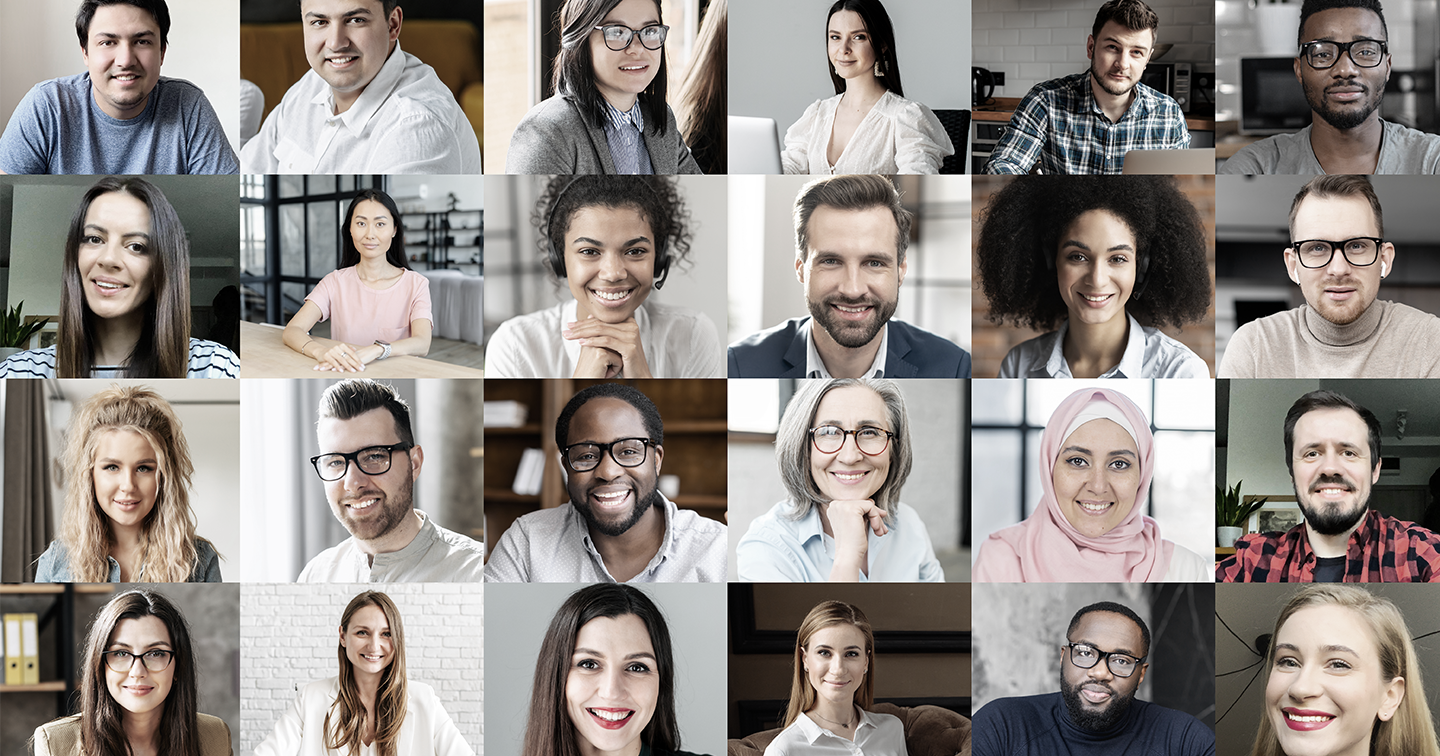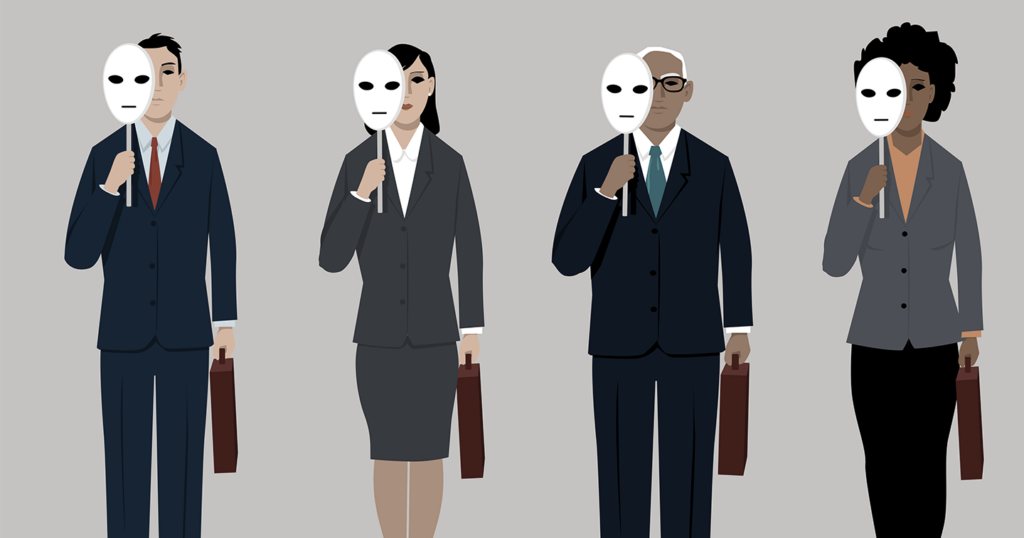Have you ever noticed when you’re shopping at the grocery store or going out for dinner, you make automatic, unconscious assumptions about the people around you? Without even knowing it, you’re likely making judgments about the people you walk past based on their gender, clothing, skin color, age, and weight.
While none of us like to admit making these unconscious assumptions about the other humans around us, we all do it. And, the conversation around unconscious bias can be pretty uncomfortable. But, no matter your true feelings about others or whether or not you think you make judgments, we all do this to some degree — whether we know it or not.
Making these unconscious judgments about others is known as implicit or unconscious bias.
While talking about unconscious bias can be quite uncomfortable, it’s a natural, important part of our psychological understanding and interpretation of the world around us. While it may be natural and normal, unconscious bias goes against our desire for a fair world with impartial decision-making.
Luckily, there are ways to avoid and hinder our natural unconscious bias.
What is Unconscious Bias?
Unconscious bias or implicit bias are the prejudices we hold against other people that we may be unaware of and rise from cultural indoctrination and stereotypes.
While not fair or just, unconscious bias is a natural psychological phenomenon. The “skill” developed over generations so we have the ability to easily and observably categorize others. While these biases can be positive, they’re most often negative and can affect our personal and professional lives and decision-making.
We may hold unconscious biases against others:
- Appearance
- Age
- Gender
- Ethnicity
- Weight
- Education
- Sexuality
- Accent
- Social status
If you’re catching yourself resisting the idea that you do have unconscious biases, consider testing yourself. Harvard has released a number of implicit bias tests where you can test how strongly you hold an unconscious bias against certain groups. You may disagree with or dislike your results, so beware before taking the test.
Unconscious bias is natural and inescapable. But, there are a number of steps we can take to limit its effects.
Why Unconscious Bias is Harmful to AI Datasets
Unconscious bias is not only present when we’re interacting with people face-to-face. It’s built into everything that we do, create, and build. Our unconscious biases are even sneaking into our data sets and AI algorithms.
It’s incredibly important when working with AI algorithms and datasets to be aware of and working against unconscious bias. This especially comes into play for data annotators who are creating training data sets. Data annotators must be aware of their unconscious biases so that they don’t transfer them into training data when labeling data sets.
How to Reduce Unconscious Bias in AI Datasets
To create a more equitable world, it’s critical to make our AI algorithms and data sets smarter and less fallible than their human counterparts. To do that, you must fight against your natural unconscious bias as you build training data sets and AI algorithms.
Recognize that Bias is Normal
One of the first steps you can take as an individual and as a team is to recognize bias as normal. It’s not necessarily helpful in our modern life, but it’s something we all have. We all hold unconscious biases. The faster we can recognize that unconscious bias is not something to be ashamed of or deny, the faster we can agree that it’s also something we want to work against and limit the effects of.
Biases are only “bad” when we’re unaware of them and aren’t resisting them. Learning about our biases, what causes them, and how we can work to eliminate them is the first step in making the world a better, more equitable place.
Bring More People And More Diversity to the Table
One of the best and easiest ways to limit unconscious bias is to bring in more diverse voices and judgment makers. When there’s wider diversity, it’s easier to identify unconscious bias and limit problems before they start.
This is especially important within tech and AI as the people involved tend to be homogenous in gender, race, class, and physical disabilities. When those at the table are homogenous, the algorithms they create will bake in their unconsciously held beliefs about the world. With more diversity, it becomes easier to anticipate and identify biases in data and algorithms.
Working with a more diverse team takes conscious effort and investment in education and more equitable hiring practices.
Enable People To Recognize Unconscious Bias
The major problem with unconscious bias is that it’s unconscious. We all have biases and yet we fail to see them. When done well, unconscious bias work can help people to become more aware of their own implicit biases and to recognize those biases in other people so that they can work together to reduce them. By learning about unconscious bias, your team can become more familiarized with the concept and be more comfortable talking about and fixing potential biases.
Implicit bias awareness-raising activities are a great way to start educating employees, but it’s also important to have ongoing discussions and available resources for self-learning. By maintaining a suite of resources and learning tools, you make the education and support available for people to learn how they can counteract their own biases when they recognize them and learn how to support others who they may hold unconscious biases against.
Remove Unnecessary Information and Markers from Data
One of the ways unconscious biases get encoded into data and algorithms is our own blindness to the meaning of the labels we attach to that data. While data labeling is critical to algorithm success, some data isn’t important for the algorithm’s decision-making.
For example, an algorithm that evaluates loan applicants for suitability doesn’t need to take gender, ethnicity, religion, or education into account. When those details and data points are stripped away, the bank can focus on the data that’s important and not be swayed by those extraneous details.
Check the Data for Biases — Often
It’s tempting to think you can design a perfect, bias-free algorithm and then move forward. But, it’s not a one-and-done process. Data sets and algorithms should be checked regularly for skew and bias.
As our culture changes and new stakeholders are brought in to work on a project, new biases may come to light within the data. Regular reviews ensure that these new bias problems come to light.
As well, machine learning algorithms will adjust over time as they learn to process information better. These changes can skew the algorithm to adopt the wider, cultural biases that we all have. Regularly checking the data and how the algorithm is using the data can limit the bias in these types of algorithms.
Discuss and Define What’s “Fair”
One of the more esoteric questions within data and algorithms is the broader question of “what is fair and equitable?” It’s a question that has many answers, all of which might be correct. With such a difficult question to answer, it’s important that your team defines for themselves what they deem is fair and equitable.
Before setting up an algorithm, before collecting data sets, it’s important to discuss your definition of success when creating a fair and equitable algorithm. Sometimes, the best you can do is to create something that gets as close as possible to fair. No algorithm will ever be perfect, just like the humans who design it.
Invest in Bias Research
While you can do a lot to limit unconscious bias in your team, data, and algorithms, it’s going to continue to exist on a wider scale in our culture and other companies. For a broader attack on unconscious bias, you can participate in and fund bias research which works to dismantle the broader effects of unconscious bias.
Use High-Quality Training Data Sets
At Appen, we have over 20 years of experience putting together high-quality training data that strives to be free of unconscious bias. Throughout the years, we’ve worked to get diverse stakeholders to the table so that our data isn’t limited to the experiences and biases of just a few.
No matter your unique training data needs, we have what you need. We’re here to help you get high-quality, bias-free data so that you can build an algorithm that does what you need it to, while also making the world a less bias-filled place.
Learn more about our training data expertise and how we can help you with your specific needs.




